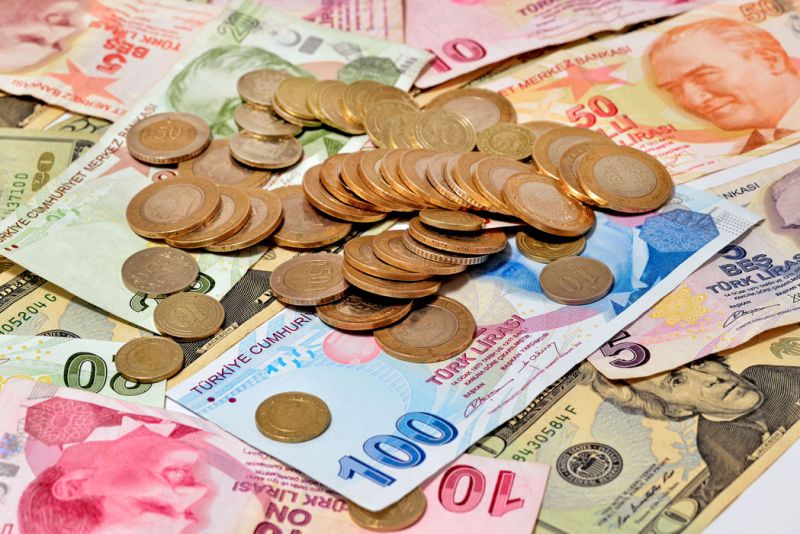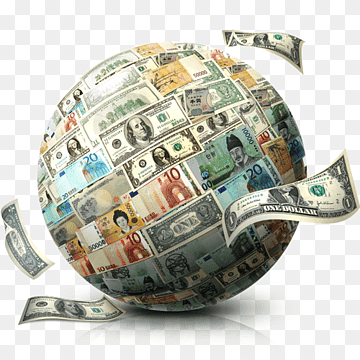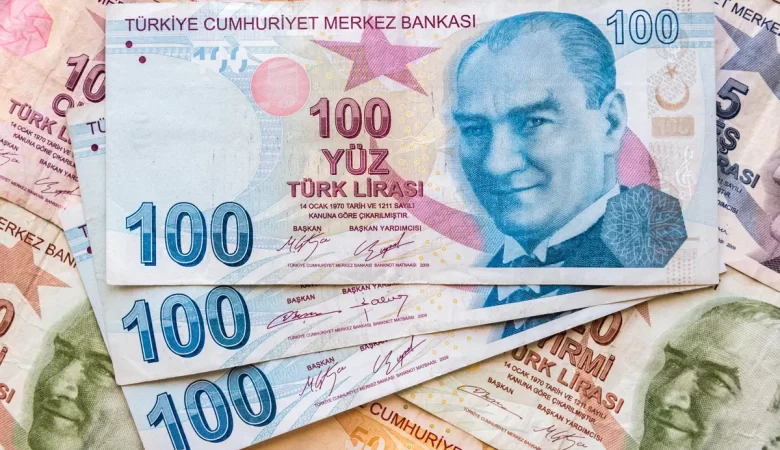Turkey is a country with four seas, endless beaches and a rich history. Turkey, with its vibrant cities and beautiful coastline, has long been a popular tourist destination. The terrorist attacks of recent years and the aggravated situation in this region have greatly affected the tourism industry. However, a couple of years of the crisis have passed and people have forgotten all the bad things. For residents of Latvia, Turkey is again the TOP destination.
In 2016, the state was visited by 25.35 million tourists, which is almost 30% less than in 2015.
It is worth mentioning that two of the seven wonders of the world are located in Turkey – the Temple of Artemis at Ephesus and the Mausoleum at Halicarnassus. Popular resorts are Antalya, Kemer, Alanya, Bodrum and Marmaris.
Turkish currency – lira
Since January 1, 2009, the Turkish Lira has been the official currency of Turkey. Previously, the currency was the New Turkish Lira, which replaced the Old Turkish Lira by denominating each banknote by 6 zeros (1,000,000 = 1).
The local currency designation is TL (ISO code is TRY). 1 Turkish lira is subdivided into 100 kurush.
At the moment, there are coins in circulation in denominations of 1, 5, 10, 25 and 50 kurush, as well as 1 lira. To the surprise of the European Central Bank, the 1 lira and 50 kuruş coins closely resemble the design of the 1 and 2 euro coins. In this regard, these Turkish coins are easily confused with the euro.
There are also banknotes in circulation in denominations of 5, 10, 20, 50, 100, 200 lira, which depict the “father of the Turkish people” Mustafa Kemal Atatürk, who is known as the founder of modern Turkey and its first president.
Exchange rate cheat sheet
At the moment, 1 Turkish lira is equal to approximately 0.11 EUR (see the current exchange rate here).
To avoid unnecessary headaches when calculating prices, we recommend downloading some currency converter application to your phone, or using this exchange rate cheat sheet. The cheat sheet displays the conversion of different amounts of euros into Turkish liras.
How safe is it to pay with Turkish lira and what should be remembered?
Money counterfeiting is a problem in all countries, including Turkey. In our time, attempts at fakes are ascertained more and more often, and the fakes themselves are becoming more sophisticated every time. In Turkey, printed banknotes are sold as souvenirs – US dollars, euros, Turkish liras. If you don’t get to know the banknote well, then it’s quite possible that you won’t notice the printed inscription “GEÇERSİZDİR” in the left corner, which means “Sample” or “Not Genuine” in Turkish.
Be carefull! In no case do not accept such banknotes if someone gives them change or offers to exchange them for smaller denominations (most often such offers come from street money changers). Every year sellers receive counterfeit banknotes. They are immediately torn into small pieces, which, in turn, for a person who paid with such a banknote, automatically means the loss of his money.
There are also situations when tourists are given Old Turkish Lira, the value of which is negligible compared to modern banknotes. Pay attention to the year of issue of the banknote. Only accept banknotes issued in 2009 and later. If there is even the slightest doubt about the authenticity of a banknote, check the watermark on a light background above the denomination image. The watermark is checked when the banknote is viewed through the light.
Features of settlements in Turkey
Prices in Turkey are approximately 15% lower than in Latvia. What currency to take with you? Tourists often think that in Latvia it is not worth exchanging euros for exotic currencies and it is more profitable to take euros or US dollars with you, or even pay by card and not think about currency exchange. Each choice has its pros and cons.
Payment in dollars or euros. In tourist-oriented cities, euros and dollars are also most often accepted for payment, however, it should be reckoned with the fact that the conversion will not take place at “fair” rates.
Prices can only be indicated in Turkish liras and the seller himself will announce the price in dollars or euros. Most often, prices in dollars and euros will be identical, which means that as long as the dollar is lower than the euro, it will be more profitable to pay in dollars. There are cases when the price in euros and dollars is converted and rounded up to a “beautiful” price – in such cases it is worth considering in which currency it will be more profitable to pay. Merchants do not like to accept payment in euro coins, so prepare small euro and dollar banknotes in advance.
Choosing from three currencies and thinking about the profitability of purchases, it is definitely necessary to choose Turkish lira due to price transparency and benefits. What currency to take with you and whether to exchange euros for Turkish liras in Latvia is entirely up to you.
Currency exchange service in Turkey is widely available. It must be taken into account that finding a favorable exchange rate in Turkey can take a significant amount of time. Most often, the best courses are available in big cities, such as Istanbul or Antalya. We do not recommend making currency exchange in places such as airports, hotels or tourist places due to extremely unfavorable exchange rates.
It is possible to pay by card in large stores, however, it is worth remembering that the currency of your card (euros) will be converted to Turkish liras at the Visa / MasterCard rate, which is by no means profitable. If you decide to withdraw cash from the card, then the total commission percentage can reach 7-10% of the amount. You will need cash if you plan to visit the famous markets of Turkey.





